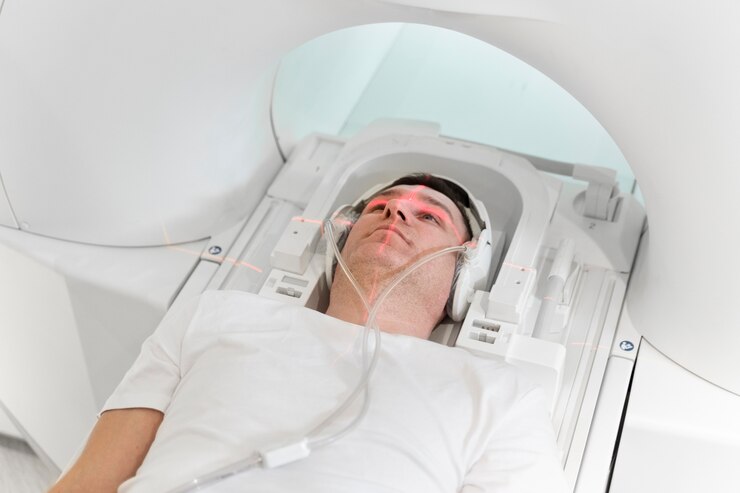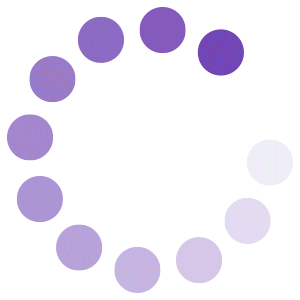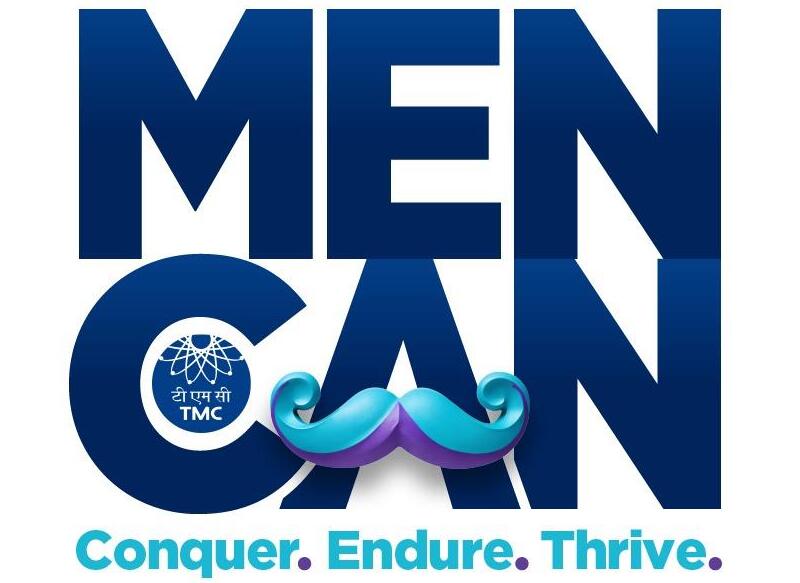
Radiotherapy for testicular cancer
Radiotherapy uses high-energy X-rays to kill cancer cells. Typically, you’ll have external radiotherapy, where a machine directs the radiation at the cancer.
This treatment might be used for seminoma cancer that has spread to the lymph nodes in your abdomen.
When you might have it
You might receive radiotherapy if you have seminoma testicular cancer that has spread to the lymph nodes in your abdomen.
Doctors will carefully plan the treatment area, which is typically a strip down the middle of your abdomen, known as the midline strip.
Radiotherapy is given in short sessions, called fractions, at the hospital’s radiotherapy department. You’ll have treatment on weekdays, from Monday to Friday, and not on weekends.
The entire course usually lasts between 3 and 4 weeks.
The Radiotherapy Room
Radiotherapy machines are large and might seem intimidating at first. They could be stationary or move around you to deliver treatment from various angles. However, the machine does not make physical contact with you.
Before your first treatment, your radiographers will explain what to expect and what you’ll see and hear. In some departments, you can plug in your music player to listen to your own music during the treatment.
Image of a Radiotherapy room
During the Treatment
You need to lie very still during the treatment. Your radiographers might take x-rays or scans beforehand to ensure you’re positioned correctly. The machine will make whirring and beeping noises, but you won’t feel anything during the treatment.
Your radiographers will monitor you via a CCTV screen from another room. They can communicate with you through an intercom and might ask you to hold your breath or breathe lightly at times. You can also use the intercom or raise your hand if you need to stop or if you feel uncomfortable.
You Won’t Be Radioactive
This type of radiotherapy doesn’t make you radioactive. It’s safe to be around other people, including pregnant women and children.
Side effects of Radiotherapy for testicular cancer
Side effects typically start a few days after radiotherapy begins and may get worse as treatment continues. They might also continue to worsen for a short time after treatment ends, but usually, they begin to improve within 1 or 2 weeks.
Everyone experiences side effects differently, and you might not have all of the effects mentioned.
Side effects can include:
Tiredness and weakness
Radiotherapy can make you feel tired. This tiredness usually begins during the treatment and can last for about a week after it ends, gradually improving over time.
You might also feel weak and low on energy. Staying active, as much as you’re able, can help.
Sore skin
Sometimes, the skin in the treatment area can become red and sore, similar to mild sunburn.
For radiotherapy used to treat testicular cancer, this is usually not severe, especially if the treatment lasts for about 2 weeks.
Sickness
When you receive radiotherapy to your abdomen for testicular cancer, it can sometimes cause mild nausea, though you might not experience it at all.
If you do feel sick, let your doctor, radiographer, or radiotherapy nurse know. They can provide anti-nausea tablets to take before your treatment.
If the tablets don’t help, inform them so you can try a different type. Some anti-nausea medications work better for different people.
If you have trouble eating, consider trying a high-calorie food supplement drink, available at most chemists or prescribed by your doctor.
For dietary issues, you can also ask to see a dietitian at the hospital.
Diarrhea
When receiving radiotherapy to your abdomen for testicular cancer, you might experience mild diarrhea, though some people don’t have this side effect at all.
If you do have diarrhea, medication to slow down your bowel can help. Ask your healthcare team if this is necessary for you.
Maintaining a healthy, balanced diet is important. Eating small, frequent meals and snacks can be helpful. If needed, consult your team about any dietary adjustments. Some people find it beneficial to avoid high-fiber foods like beans, nuts, seeds, dried fruit, bran, and raw vegetables.
Make sure to drink plenty of fluids to replace what you lose. Aim for 8 to 10 glasses of water each day.
Temporary sperm damage
During radiotherapy for testicular cancer, treatment typically targets the lymph nodes in the abdomen. The radiographer directs the radiation beams:
– At an area down the middle of your abdomen.
– Sometimes towards the groin area.
A lead shield is used to protect the remaining testicle from the radiation beams. However, there is a small chance that the remaining testicle might receive some radiation.
Doctors recommend that men avoid trying to father a child during radiotherapy and for up to a year afterward. After this period, the risk of birth abnormalities is not increased.

